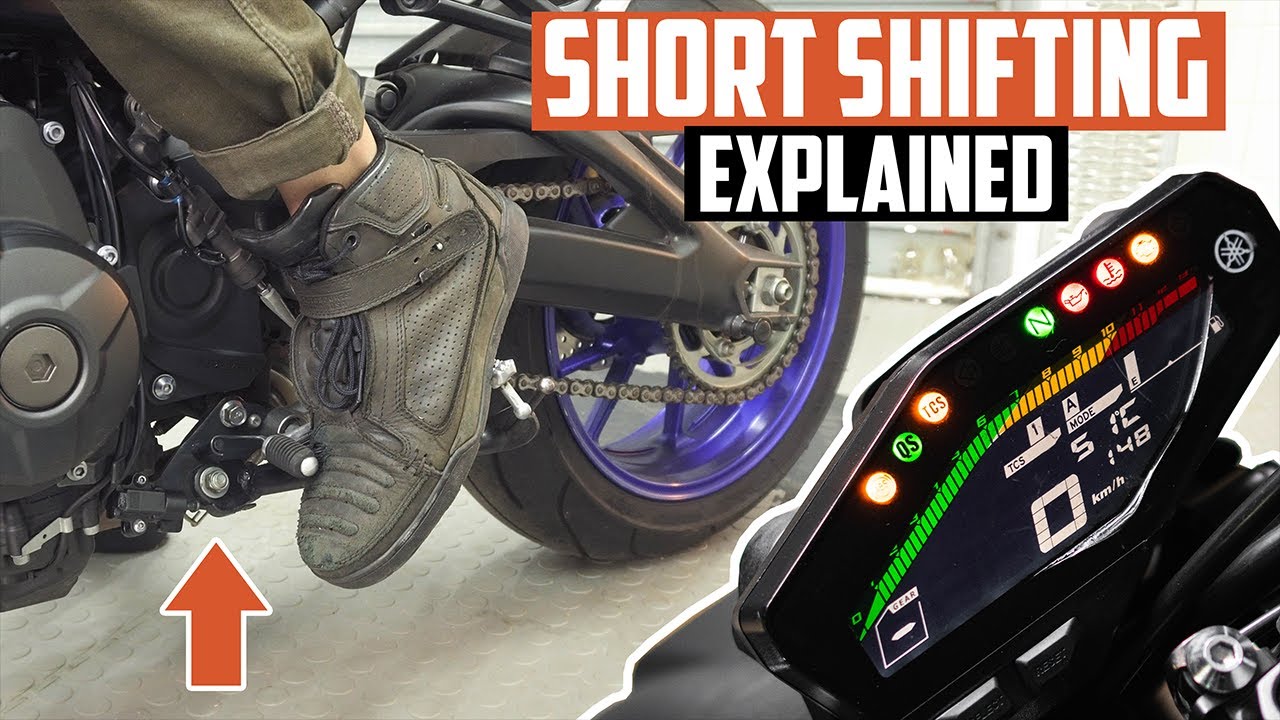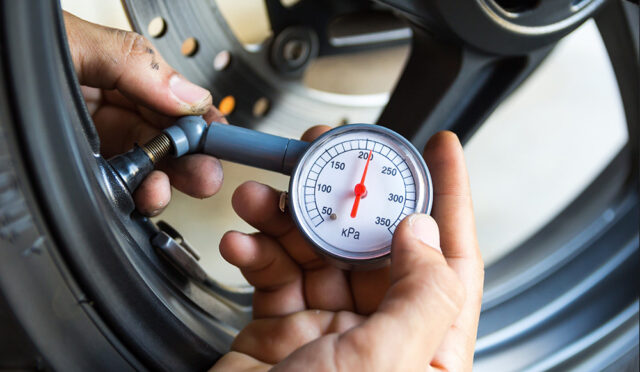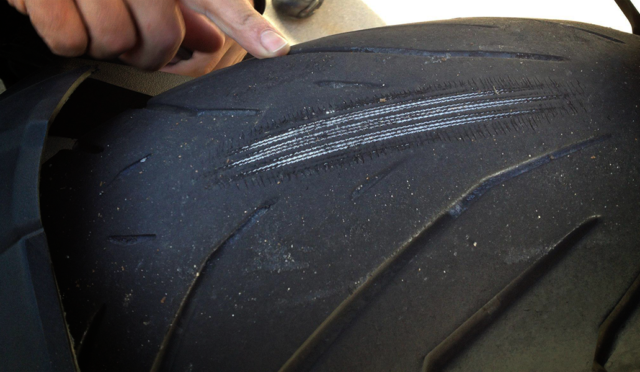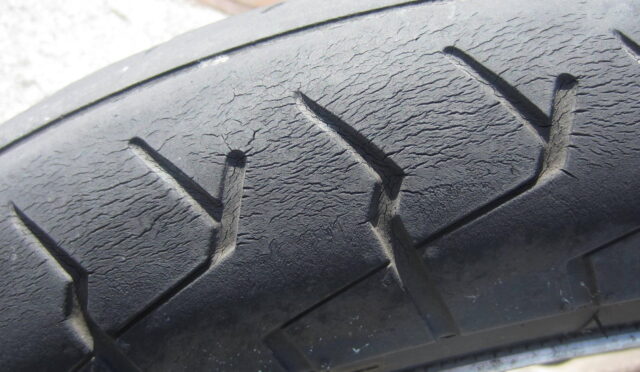Short shifting refers to the practice of changing gears earlier than usual. Many riders and drivers use this technique to save fuel or improve speed. However, there are concerns about whether short shifting is harmful to the engine.
Engines operate within specific RPM ranges. Each engine has an optimal RPM zone for performance and efficiency. Short shifting can keep the engine below its ideal RPM. This might seem beneficial, but it can lead to some issues over time.
When an engine runs at low RPMs, it experiences less power. This can cause excessive strain on the engine components. Inconsistent power delivery can lead to engine knocking. Knocking occurs when fuel ignites prematurely in the engine cylinder. This can cause serious damage if it happens frequently.
Short shifting can also affect fuel efficiency. Although the goal is to save fuel, running at low RPMs may lead to incomplete combustion. This results in more unburned fuel, which can decrease efficiency. Over time, this can lead to increased emissions and may harm the environment.
Additionally, frequent short shifting can cause carbon buildup. This buildup occurs in the combustion chambers and exhaust systems. Carbon deposits can block vital pathways, leading to reduced engine performance. This buildup can require costly cleaning or repairs.
Maintaining proper engine temperature is another concern. Engines designed for high performance may require higher RPMs to reach optimal temperature. Short shifting can prevent the engine from warming up correctly. An engine that runs too cool may not lubricate well, resulting in increased wear and tear.
In terms of specifications, the risks associated with short shifting can vary based on engine type. High-performance engines usually thrive at higher RPMs. Conversely, some engines, like those in hybrid vehicles, can handle low RPMs better. It’s crucial to understand the specific requirements of your vehicle.
Ultimately, the effects of short shifting depend on driving style and engine type. For some, it may not cause noticeable damage. For others, it could lead to serious engine problems over time. Regular maintenance and monitoring can help mitigate these risks.
In conclusion, while short shifting may offer some benefits, it can also pose risks to engine health. Understanding these risks can aid in making better driving decisions.
Understanding The Impact Of Short Shifting On Engine Performance And Durability
Short shifting is a technique where a rider changes gears earlier than usual. This practice affects engine performance and durability. Understanding its impact is crucial for any motorcycle or vehicle owner.
When short shifting occurs, the engine operates at lower RPMs. This can reduce the stress on engine components. However, it also means less power is produced during acceleration. Riders may feel a lack of responsiveness, especially during high-speed situations.
The main impacts of short shifting include:
- Lower RPMs lead to less wear on the engine.
- Reduced fuel consumption due to efficient engine operation.
- Potential for increased torque at lower speeds.
- Risk of lugging the engine if done excessively.
Short shifting may prolong engine life by minimizing engine strain. However, excessive short shifting can cause problems. It can lead to carbon buildup and rough idling. This buildup occurs because the engine does not reach optimal operating conditions.
To better understand the implications, consider the following table:
| Effect | Short Shifting | Standard Shifting |
|---|---|---|
| RPM Range | Lower | Higher |
| Power Output | Reduced | Maximized |
| Fuel Efficiency | Improved | Variable |
| Engine Wear | Less | More |
| Torque Delivery | Better at Low RPM | Better at High RPM |
In summary, short shifting can benefit engine durability and fuel efficiency. Yet, it may compromise power and responsiveness. For optimal performance, riders should balance short and standard shifting. Keeping an eye on engine behavior is essential. Proper shifting techniques can enhance the riding experience.
Common Myths And Misconceptions About Short Shifting In Motorcycles And Vehicles
Short shifting is a common practice among motorcycle and vehicle enthusiasts. It’s often misunderstood, leading to myths and misconceptions. This article will clarify these misunderstandings, particularly regarding engine health.
One of the biggest myths is that short shifting is always bad for the engine. In reality, short shifting can actually benefit both performance and fuel efficiency. Below are some key points about short shifting:
- Short shifting refers to changing gears before reaching the engine’s peak RPM.
- This method can reduce engine strain and wear, especially in everyday driving conditions.
- It may result in better fuel economy by keeping the engine operating in a more efficient RPM range.
Another misconception is that short shifting leads to poor acceleration. However, when executed correctly, it can provide smooth power delivery. This is especially true for larger engines that produce ample torque at lower RPMs.
Some believe that short shifting makes the vehicle feel sluggish. On the contrary, it can improve control during acceleration. Riders often find it easier to handle their vehicles when shifting early.
Here’s a comparison table summarizing the myths versus facts about short shifting:
| Myth | Fact |
|---|---|
| Short shifting is bad for the engine. | It can reduce wear and improve fuel efficiency. |
| It causes sluggish acceleration. | It can enhance smooth power delivery. |
| Short shifting is only for racing. | It is beneficial for everyday riding. |
| It’s difficult to master. | With practice, it becomes a natural driving technique. |
Understanding these facts about short shifting can help riders and drivers make better decisions. Short shifting, when used appropriately, is not bad for the engine. Instead, it can be a smart technique to enhance performance and efficiency.
In conclusion, debunking these myths provides a clearer picture of short shifting. By embracing this technique, riders can enjoy a smoother and more efficient experience on the road.
How To Safely Implement Short Shifting Techniques Without Harming Your Engine
Short shifting is a technique used by many riders to shift gears early. This approach can enhance riding efficiency and improve fuel economy. However, there are concerns about whether short shifting could harm your engine. Understanding how to implement this technique safely is crucial for maintaining engine health.
Short shifting involves changing gears at lower RPMs than the engine might typically require. When done correctly, it can reduce wear on parts and improve fuel efficiency. Here is how to safely implement short shifting techniques:
1. Know Your Engine’s Limits: Every engine has a power band. This is the range of RPMs where the engine performs best. Shifting too early can lead to lugging, which adds strain on the engine.
2. Listen to Your Engine: Pay attention to engine sounds. When shifting, if the engine sounds strained or sluggish, you may be shifting too early.
3. Use Smooth Transitions: Make sure to shift smoothly to avoid sudden spikes in RPM. Abrupt changes can lead to stress on the transmission and engine components.
4. Maintain Proper RPM Range: Aim to shift gears around 3,000 to 4,000 RPM for most motorcycles. This range allows for efficient performance without overworking the engine.
5. Monitor Fuel Efficiency: Keep track of fuel consumption. If you notice a drop in efficiency, adjust your shifting technique.
6. Regular Engine Maintenance: Regular oil changes and inspections help ensure engine health. A well-maintained engine is more resilient to different driving techniques, including short shifting.
| Technique | Benefits | Potential Risks |
|---|---|---|
| Short Shifting | Improved fuel efficiency, less wear on parts | Risk of lugging, possible strain on engine |
| High RPM Shifting | Optimal engine power, smoother acceleration | Increased fuel consumption, more engine wear |
In summary, short shifting can be a beneficial technique when applied correctly. By understanding your engine’s limits and following best practices, you can enjoy the advantages of short shifting without harming your engine.
Safety and efficiency should always be a priority. Monitor your vehicle’s performance and adjust your shifting techniques as necessary. Regular checks and maintenance will keep your engine running smoothly, benefiting from the short shifting strategy.
Short shifting, which involves changing gears at lower RPMs, can be detrimental to the engine if done excessively. However, when executed properly, it can enhance fuel efficiency and reduce wear on certain components.
The primary risks include potential stalling, increased engine strain, and inefficient combustion, which may lead to carbon buildup and reduced performance over time.
Yes, short shifting can help improve fuel economy by allowing the vehicle to operate in a more efficient RPM range, thus optimizing fuel consumption under certain driving conditions.
When done correctly, short shifting can potentially extend engine life by reducing overall RPMs and minimizing wear, but frequent improper shifting can have the opposite effect.
Short shifting can lead to slower acceleration since power delivery may not be optimized, but it allows for smoother, more controlled speed increases in certain situations.
While short shifting can be beneficial in some scenarios, beginners should focus on proper gear changes and understanding the vehicle’s power band before adopting this technique.
The optimal RPM for short shifting generally falls between 2,000 to 3,000 RPM, depending on the engine type and performance requirements, but it’s essential to consider the manufacturer’s recommendations.
Short shifting can sometimes produce more engine noise, especially if the engine is not in its optimal RPM range, but this varies by vehicle make and model.
Short shifting itself does not typically damage the transmission, but improper shifting techniques can lead to premature wear on the clutch and related components.
Not necessarily; while short shifting can be counterproductive in performance situations, it can be useful in everyday driving to enhance fuel efficiency and smoothness, depending on the circumstances.








